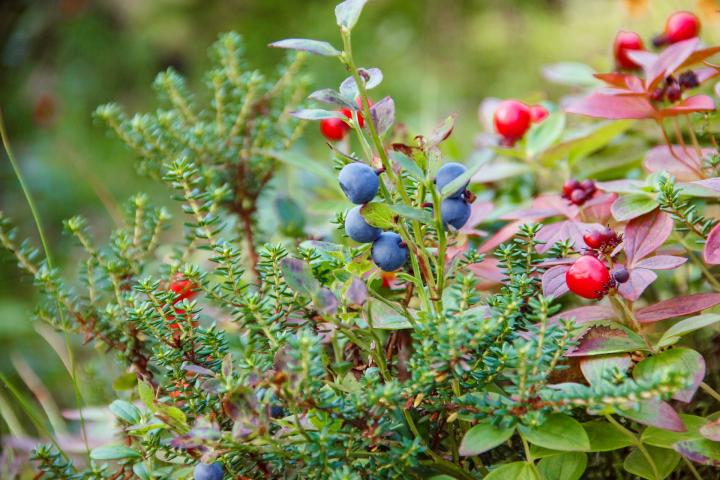
Creating a Bird-Friendly Garden
A good source would be a local birdwatching club, nature center, or local store that provides wild bird seed. You can also check the ranges of various birds on online birdwatching sites or in bird field guides. Also, you might search online for "bird checklists" and your state, province, or country to find some useful information.
Most of the information we have come across is that birds acclimate to devices such as balloons, tape, and plastic owls in a fairly short time (not specifics on that). Noise seems to be one consistently reliable way to keep birds away—but we will not tell your neighbor. However, if we may add this counsel, perhaps you should talk with your neighbor and try to better understand their concern? You may, over time, show them that feeding the birds can help to keep them out of their property and in yours.
Cardinals (both male and female) may peck at windows if they see their reflection, thinking it is another of their species. They are trying to defend their territory, especially during breeding/nesting. If you can, make your windows less reflective. You can try a number of things during this season, such as:
* putting up window screens
* soaping the outside of the window
* closing the curtain or pulling down the shades
* hanging a decoration or sticking a decal on the window
* temporarily adhering translucent plastic wrap to the interior of the window (be careful of children and pets), or using decorative window film
* placing several strips of masking tape on the window
* using stickers of silhouettes of hawks or other predators
* installing anti-glare window coverings on the exterior
You can also try moving any birdfeeders, etc., that you may have further away from the house.
- « Previous
- 1
- 2
- …
- 10
- Next »











Comments